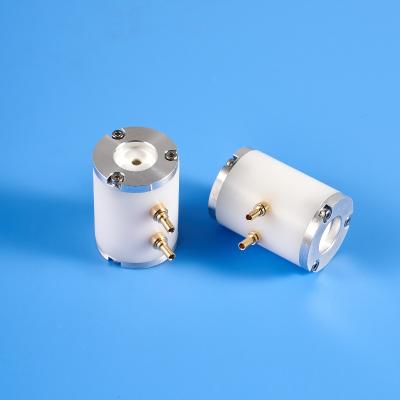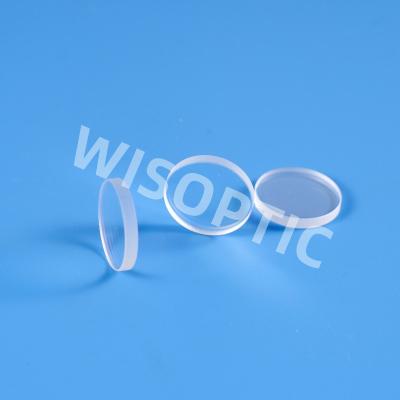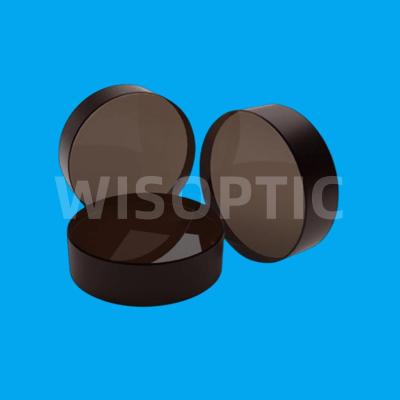Tracking and understanding laser damage events in optics - Part 06
Nanoscale laser damage precursors
Different from microscopic defects, defects are called precursors here. Defects generally refer to observable microstructures that are different from the characteristics of the surrounding matrix materials, and are often observed by optical microscopy. The precursors mentioned in this article generally cannot be directly observed by optical methods, and there is no obvious difference in characteristics from the surrounding matrix materials. The reason why it is called a nanoscale laser damage precursor is that the typical damage scale is on the order of micron, and the size of the precursor should be on the order of sub-micron or even nanometre. The damage induced by the nanoscale laser damage precursor appears as smaller and denser damage pits as shown in the figure below. Due to the small scale and "invisibility", there is still a lack of effective means for direct detection and characterization of them. Therefore, most studies on the induced damage of nanoscale laser damage precursors remain in the phenomenological research stage.
2.1 Manipulating and understanding laser damage precursors through material growth processes
Although this type of laser-damaged precursor cannot be directly observed, we can explore the formation mechanism of precursors through iterating with the material growth process and using process parameters to regulate the formation of the precursor, thereby affecting the scale characteristics of the precursor and its ability to absorb laser light. Of course, this method is not general enough, so we takes KDP crystal as an example.
The laser damage of KDP-like crystals mainly includes defect absorption, collision ionization, plasma generation and expansion, shock wave formation, material modification and other stages, which are the key causes of absorption defect damage in the crystal. S.G. Demos believes that such defects may be intrinsic defect clusters with electronic structure, while S. Reyné believes that such defects may have an ellipsoidal structure. But there is no direct characterization method for the understanding of the morphology and characteristics of these defects. During the rapid growth of KDP crystals, due to the increase in the supersaturation of the solution, the probability of spontaneous nucleation in the solution will increase significantly. These nucleation particles will be embedded in the crystal and induce scattering defects and other imperfect lattice defects. The researchers proposed a continuous filtration technology, which can filter out impurity particles and colloidal particles larger than the filter pore size in the solution, to greatly reduce the influence of embedded impurities on crystal growth, therefore reduce the possibility of inducing imperfect lattice defects, and effectively improve the lase-damage resistance of KDP crystals (as shown in the figure below). This means that the scale of the laser-damaged precursors in KDP crystals can be directly regulated by continuous filtering technology to study the damage characteristics of precursors with different scales.
We designed a sequential filtration technique to grow KDP crystals with different filter pores, the size of which was 0.1 μm and 0.03 μm, respectively. At the same time, discontinuously filtered KDP crystals were used as comparison objects. As shown in the figure below, the damage characteristics of the three types of crystals are significantly different. The zero-probability damage threshold of the 0.1 μm filter-grown crystal is close to that of the non-continuous filter sample, but their damage probability has decreased significantly under the high energy density. The overall damage-resistant performance of the crystal grown with 0.03 μm filter-pore has been significantly improved.



